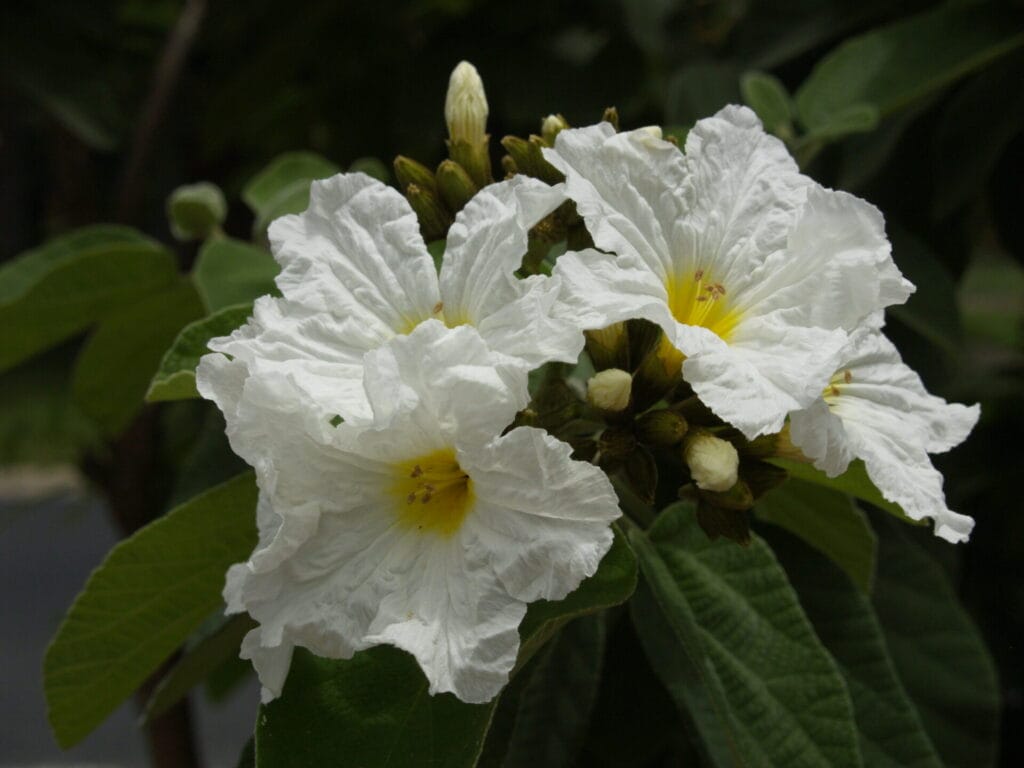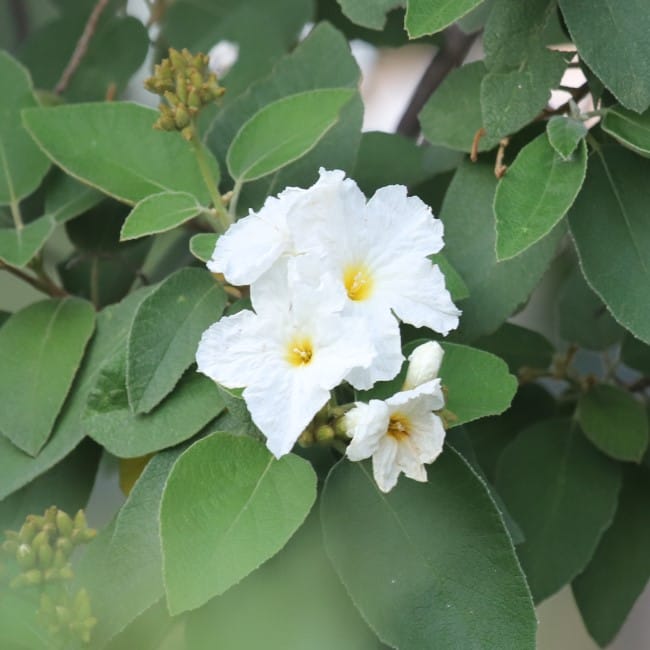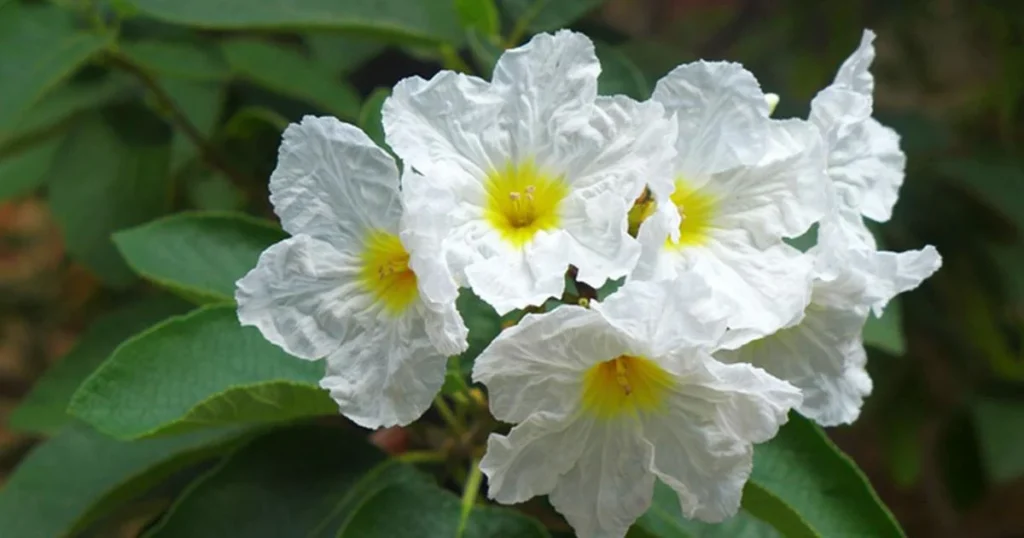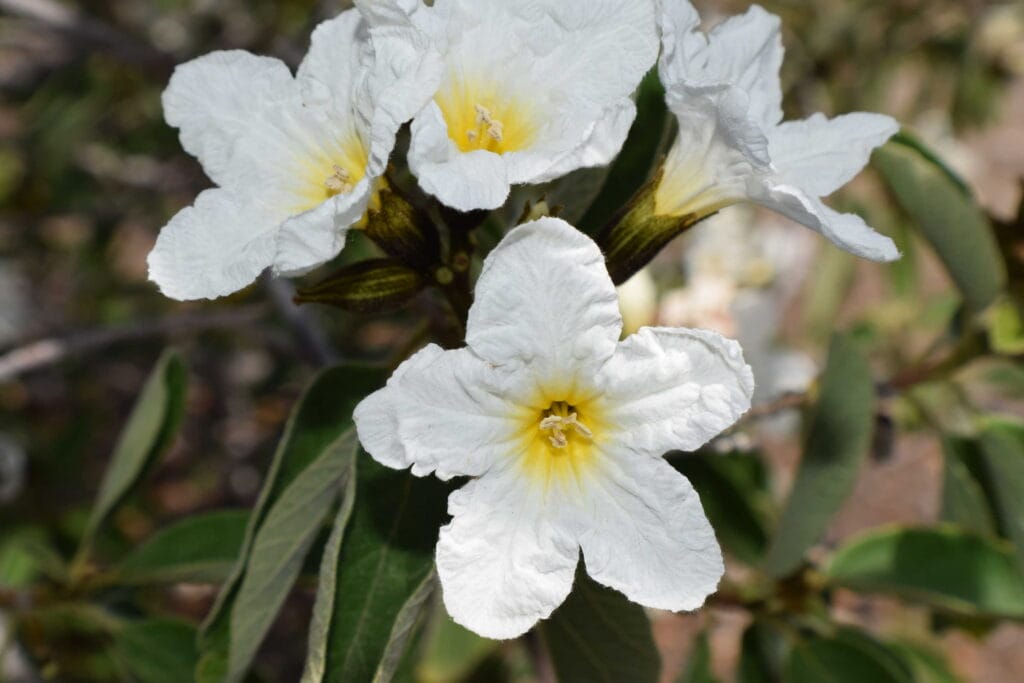Landscaping Ideas
Mexican Olive
By Innovation Grounds
The Mexican Olive (also known as Jerusalem Olive or Chitalpa), scientifically named Chitalpa tashkentensis, is a hybrid flowering tree commonly found in landscapes across the southwestern United States and parts of Mexico.
Botanical Classification
- Scientific Name: Chitalpa tashkentensis
- Common Names: Mexican Olive, Jerusalem Olive, Chitalpa
- Family: Bignoniaceae

Growth and Care Requirements
- Sunlight: Prefers full sun, which helps promote flowering and overall health.
- Watering: While drought-tolerant once established, it benefits from occasional watering during dry spells. Overwatering can lead to root rot, so well-drained soil is essential.
- Soil: Well-drained, sandy, or loamy soils. It is tolerant of alkaline and slightly saline soils.
- Temperature: Thrives in warm climates and is quite heat tolerant. It can withstand temperatures as low as 10°F (-12°C) in winter, but frost can damage it.
- Pruning: Prune in late winter or early spring before new growth begins. Removing dead or crossing branches helps maintain a clean structure. Can be lightly pruned to shape.
- Fertilization: Not particularly needy when it comes to fertilization, but a light application of balanced fertilizer in the spring can help support new growth.

Uses
- Ornamental: The Mexican Olive is primarily used as an ornamental tree in landscapes, urban parks, and roadside plantings due to its attractive flowers and overall aesthetic.
- Shade Tree: Provides moderate shade with its spreading canopy.
- Wildlife Habitat: The flowers attract pollinators like bees, butterflies, and hummingbirds.
- Drought Tolerance: Once established, it’s an excellent choice for xeriscaping or low-water-use gardens.

Conclusion
The Mexican Olive tree is an excellent choice for adding color and interest to southwestern gardens and landscapes, especially in dry, hot environments. Its beautiful flowers and resilience to drought make it a popular landscaping tree in arid regions. Just be sure to provide it with the appropriate conditions—well-draining soil and plenty of sun—to keep it thriving.


